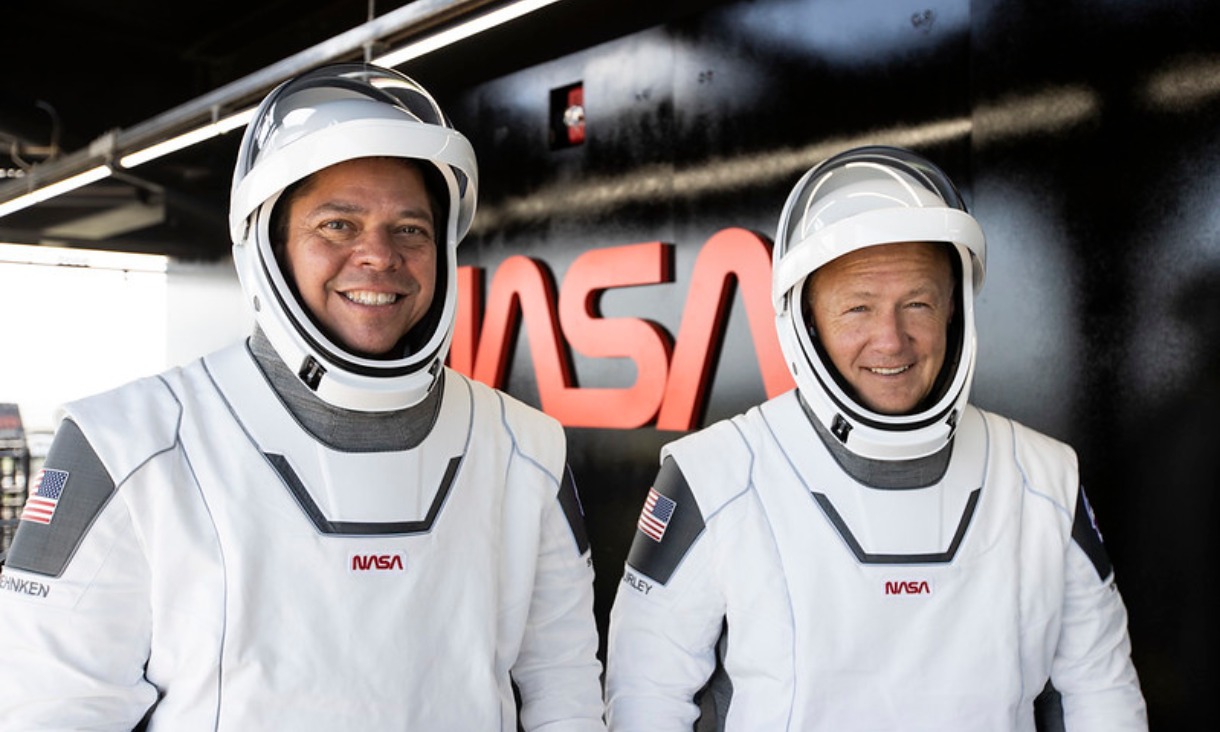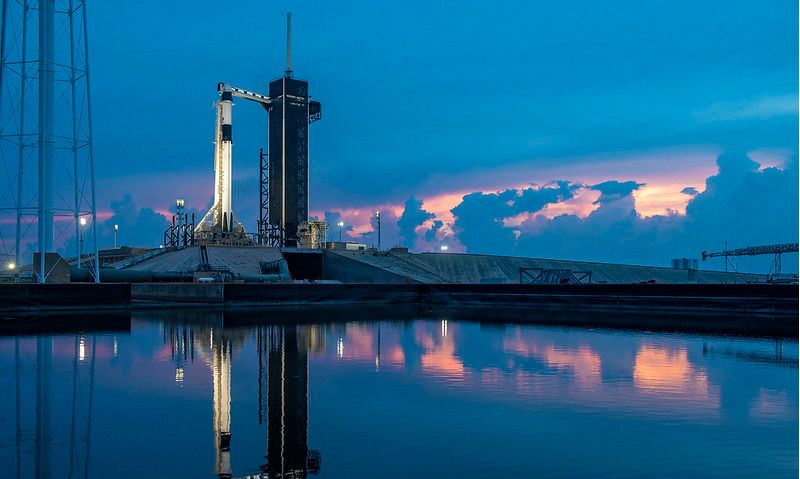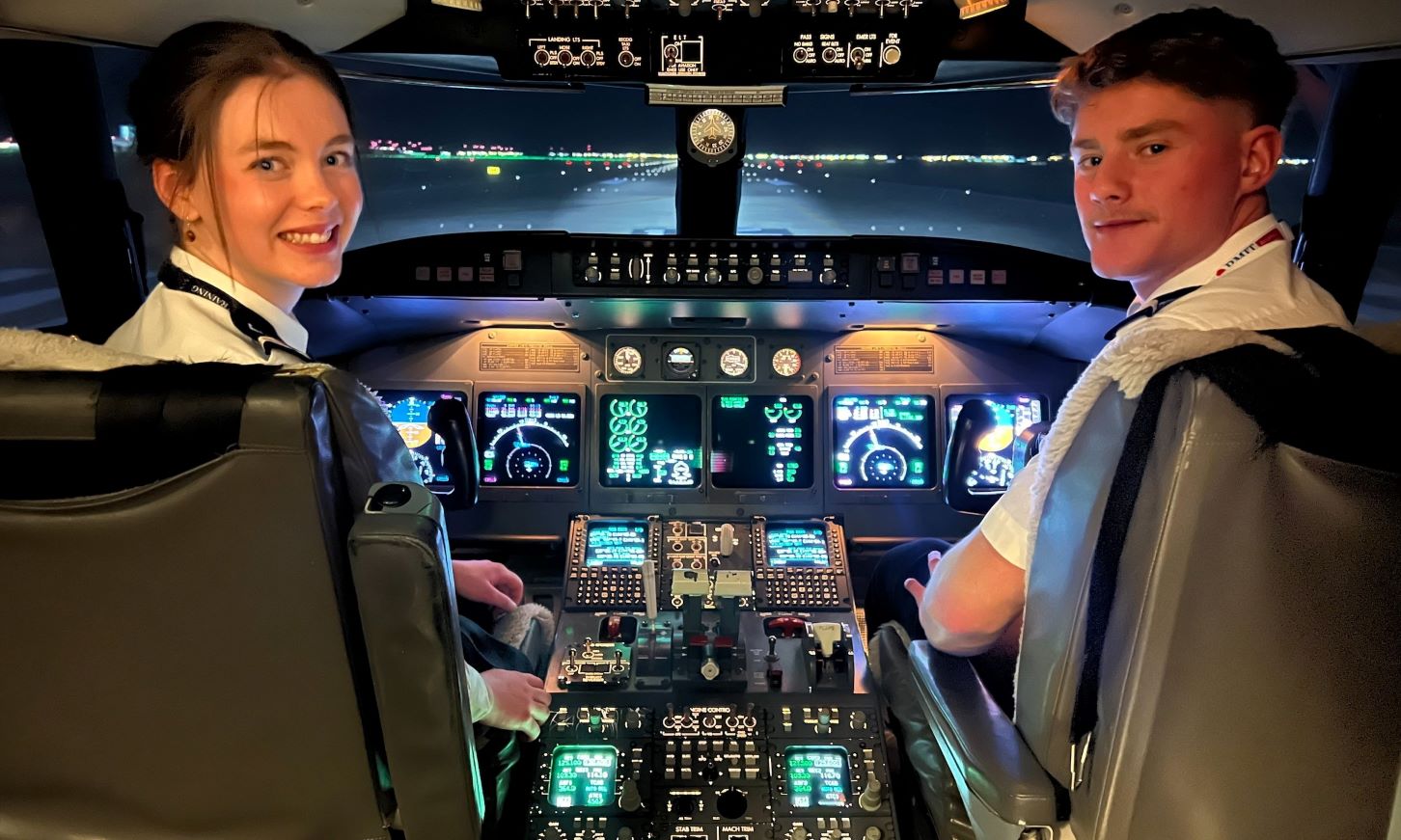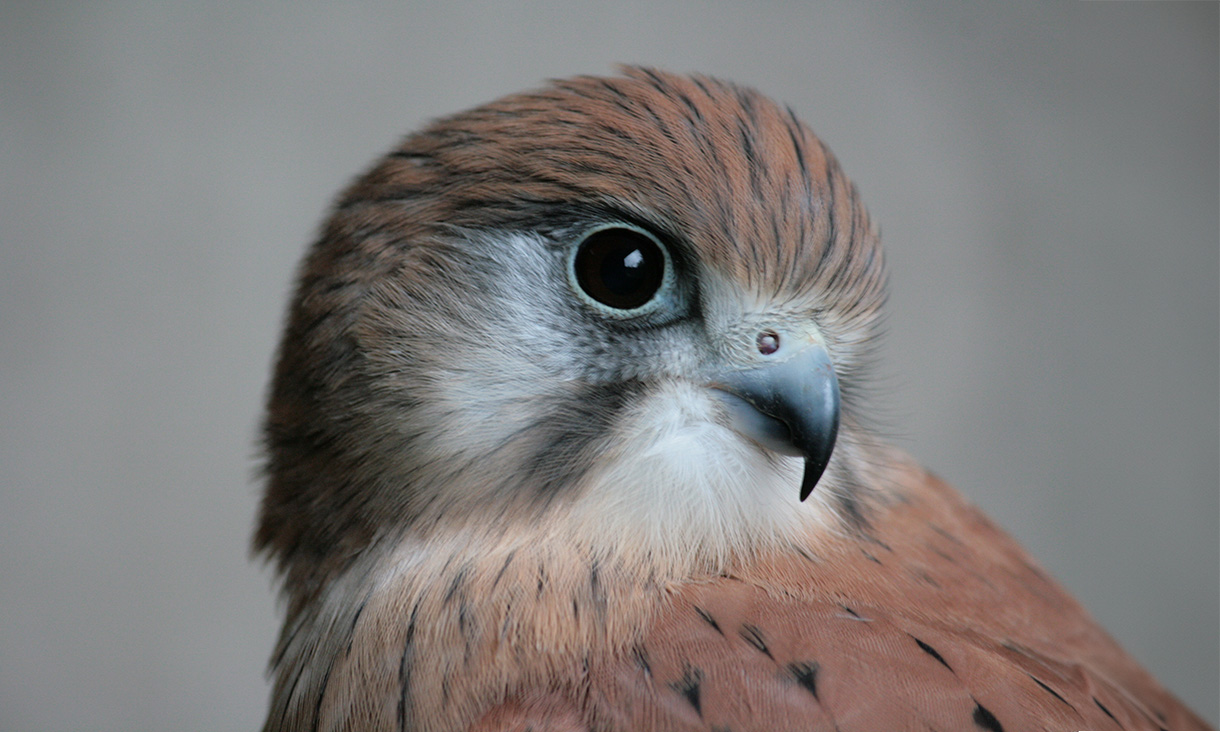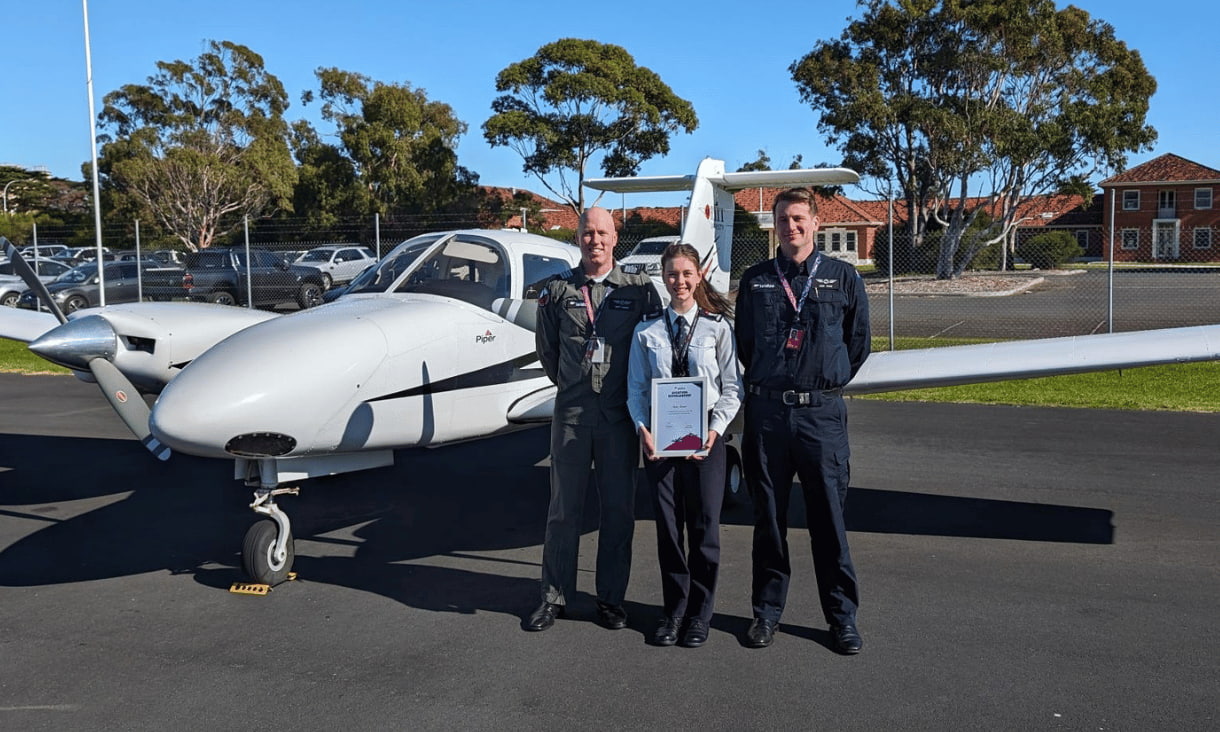Applications open for RMIT and Leidos aviation scholarship
RMIT will again partner with Leidos Australia to offer scholarships to students completing an aviation degree in 2025.
Steady flight of kestrels could help aerial safety soar
A joint study by RMIT and the University of Bristol has revealed secrets to the remarkably steady flight of kestrels that could inform future drone design and flight control strategies.
Aviation student’s pilot training off to a flying start
Five eager aviation students have received scholarships from Leidos Australia that will support budding pilots to complete their studies.
Aerospace Engineering student represents Australia at NASA competition
RMIT’s Jack Emmerson was the only Australian finalist in a NASA-sponsored global competition held in Florida, USA.

